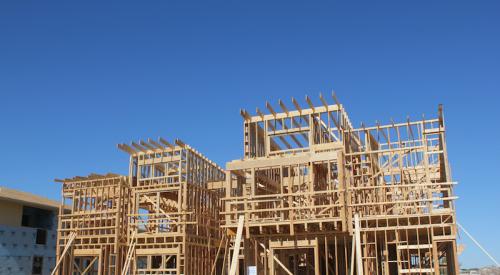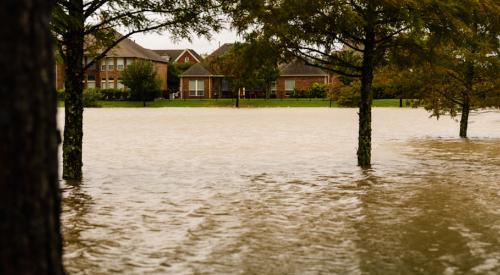There has been plenty said and written about how the new housing crisis is being caused by consumer credit holding back prospective homeowners and how home builders have been facing their own challenges with a severe shortage in labor. But there is another, less talked about aspect of the home building process that isn’t getting as much attention; the sky-high cost of lots on which to build these houses.
According to Business Insider, the value of underlying land in most states has outpaced the value of structure costs. Beginning in the third quarter of 2011 and ending with the third quarter of 2015, the average value of structures increased 12.8 percent. During that same time period, the value of the land the structures were built on increased 58.6 percent.
It should be noted that there are many variables that can play into why land value would have increased more than structure value, but it still sheds some light on just how expensive it has become for builders to build more supply.
According to Lennar CEO Stuart Miller, Lennar spent $527 million on land acquisition in the fourth quarter of 2015, which caused a sharp decrease in the company’s gross margin percentage as compared with the previous year’s number of 23.1 percent.
So what does all of this mean? Is it time to start buying up canned goods and heading underground into that doomsday shelter constructed during the cold war and wait it all out? Fortunately, you don’t have to get quite so extreme, as there is a possible solution and, as usual, it is the improving overall labor market that may save the day.
Recently, much of the building has been near cities and urban centers, but as the labor market continues to improve, people will be more likely to find jobs away from the cities in the suburbs. Not only do suburbs typically have more land available for building houses, but the land is cheaper, as well. Cheaper land prices mean builders will be able to construct more houses, which, in turn, means supply might finally begin to catch up with pent-up demand.












